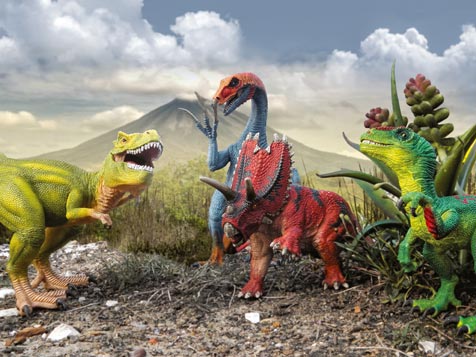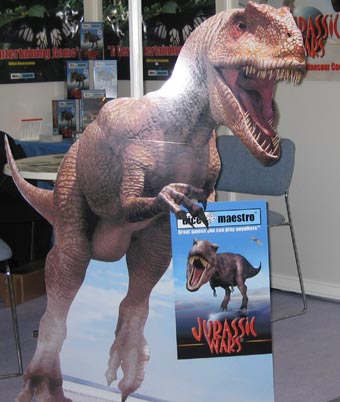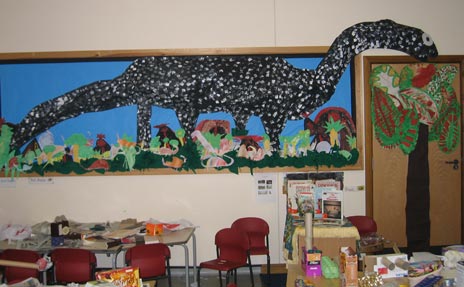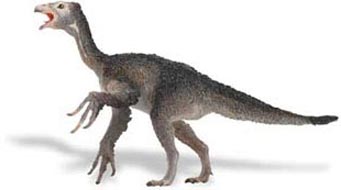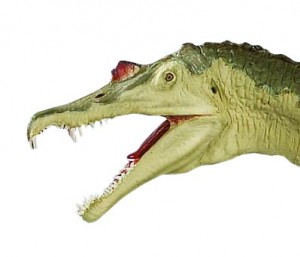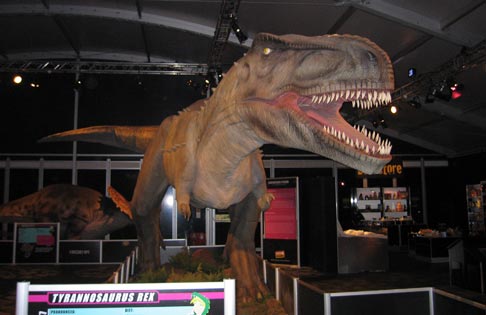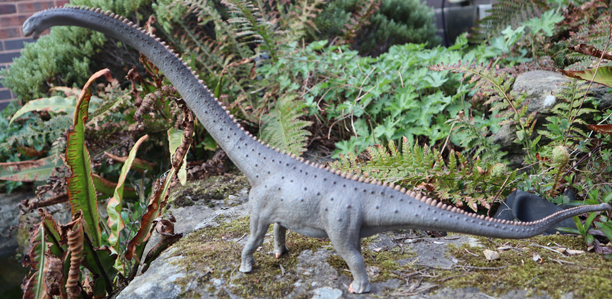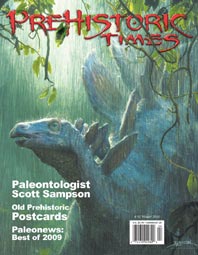Pair of Dwarf Caiman Respond to Voice Commands claims Visitor Attraction
Crocodiles have a deserved reputation for being nasty characters, of the twenty of so species in the world today, all are meat-eaters and they also have in common a powerful set of jaws that can close with an immense amount of force. However, according to a press release from the Blue Planet Aquarium (Cheshire), there may be some species capable of responding to training.
Dwarf Caiman
A pair of dwarf caiman at the Blue Planet Aquarium called Paleo and Suchus have learned to recognise their names and respond to this sound when their keeper calls to them. In a press release from the Ellesmere Port based visitor attraction, it is claimed that a training programme, usually used to train mammals in captivity, has succeeded in developing a cognitive response from these small crocodile-like animals.
This species of crocodilian, known as Cuvier’s dwarf caiman, as this species was first formerly named and described by Cuvier (famous French scientist) in 1807; is one of the smallest, extant species of crocodilians in the world today with individuals rarely exceeding lengths of 1.5 metres in the wild. The caiman is usually found in the Amazon basin and has a reputation for inhabiting fast flowing streams and rivers, not the usual haunts of its larger caiman cousins such as the black caiman and the spectacled caiman.
The Latin name for the dwarf caiman is Paleosuchus palpebrosus from this information it is clear how the two aquarium exhibits acquired their names. The dermal armour of this particular type of caiman is different from many other crocodilian species. The bony scutes or plates extend from the back down the flank and onto the belly.
It is thought that this is an adaptation to help buffer the animal against strong currents and to protect it as it moves across the swift waters where it lives. For this particular animal, this unusual arrangement of body armour has given it an additional advantage. The hides are no use for the handbag industry, as a result, there has been very little hunting of the dwarf caiman in its Amazon home, although the species is still threatened due to the loss of habitat.
Commenting on the training programme, the attraction’s manager Tom Cornwall stated:
“They are very intelligent and started responding to their names in just a few days.”
In a bid to train them to permit inspections from the keeper and to make the giving of any medicines easier, the animals have been trained with morsels of food to reinforce positive behaviour.
The training programme is based on a similar scheme which is in operation at the famous Madras Crocodile Bank Trust in India. The Madras Crocodile Bank Trust was set up by the famous crocodile expert Romulus Whitaker and it provides essential conservational support for rare reptile species most notably the extremely endangered gharial.
Intelligent Crocodilians
Team members at Everything Dinosaur, are aware of a number of training programmes that have been put in place to help build a “rapport” with certain crocodilians in parks and zoos. We know of a number of such establishments that have put in place such training in a bid to make the handling of these animals that much easier and to add enrichment activities.
Once fully trained, Tom Cornwall hopes that:
“As well as enabling us to approach them and inspect and treat any potential health issues it will also allow us to set up tasks and foraging exercises for them to mimic the types of behaviour they would have to use in the wild.”
We have come across a number of similar examples, perhaps most strikingly the training of three Cuban crocodiles (Crocodylus rhombifer), so that these animals could respond to their names and move to a specific part of their enclosure when prompted to do so to enable their cage to be cleaned. The beautifully marked Cuban crocodile, is one of the rarest animals in the world, its hide being highly prized. Although, shy and secretive in the wild, the three crocodiles in the enclosure seemed to respond to their names being called and would often react by moving out of their pond and up onto the bank in response to the shouting of the keepers.
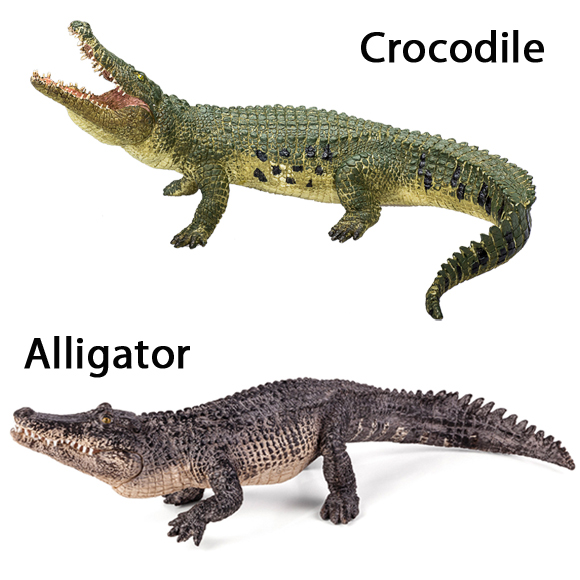
Crocodile (top) and Alligator (bottom). Some crocodilians in captivity show remarkable intelligence.
The crocodilians (above) are Mojo Fun models to see the range of prehistoric and extinct Mojo Fun models available from Everything Dinosaur: Mojo Fun Prehistoric and Extinct Animals.
However, these animals were far from domesticated and as we recall, just like any crocodile, if given the chance they would happily attack any person foolish enough to come within range. Reaching lengths of nearly 3 metres, the Cuban crocodile is regarded as a man-eater, and in captivity even the best trained animal is capable of attacking the unwary. Biting the hand that feeds them as it were.



